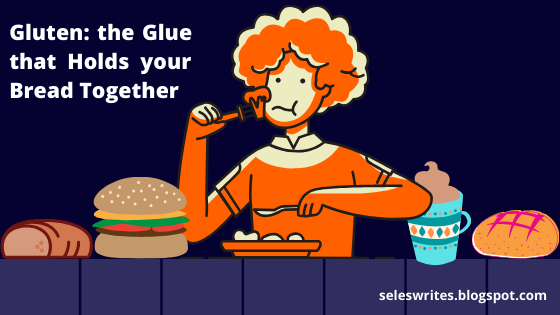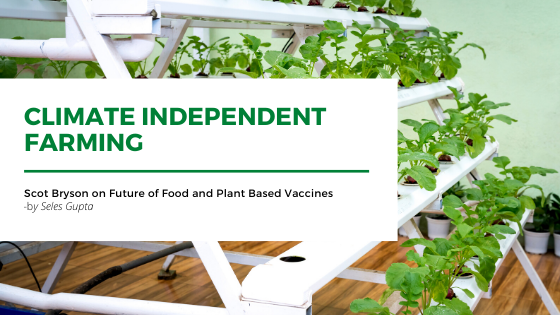An Introduction to Wheat Gluten: the Glue that holds your bread together

In December 2017, a video went viral on the social media platforms, spreading rumours that there is plastic present in Aashirvaad Atta. As a result of it, a lot of people started experimenting at home by adding water to wheat flour and were convinced that their dough is stretchy because the flour they bought has plastic in it. To put all the doubts and fears to rest, in March 2018, the manufacturing company of Aashirvaad Atta- ITC - had to release a statement explaining how there’s no plastic in the flour, that it is just elastic protein- known as ‘gluten’. Wheat flour is a mix of a lot of molecules, from complex chains of carbohydrates to vitamins and minerals. But when it comes to bread baking, 'gluten' is the component bakers mostly rely on. What is gluten? Gluten (a word derived from the Latin word ‘glue’) is the Fevicol of the food world. It is the thing that holds your roti, breakfast cereals, pasta and bio-plastics together. It is not present in flour bu


